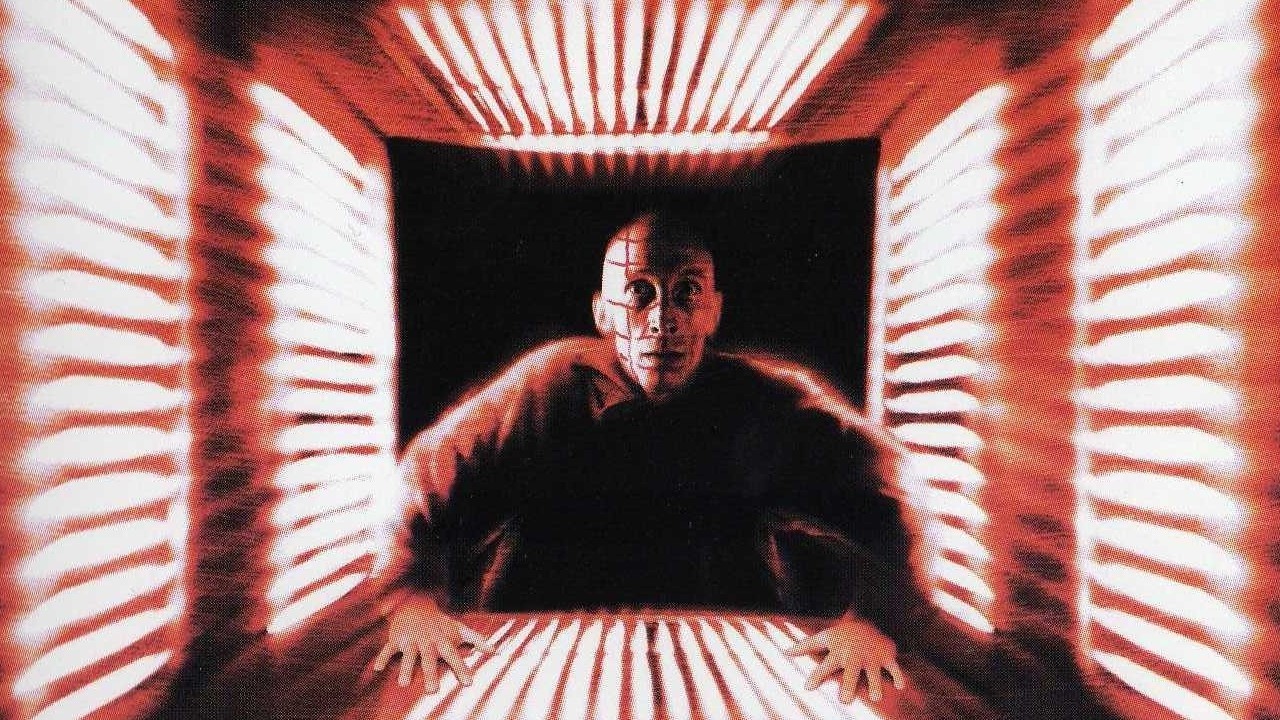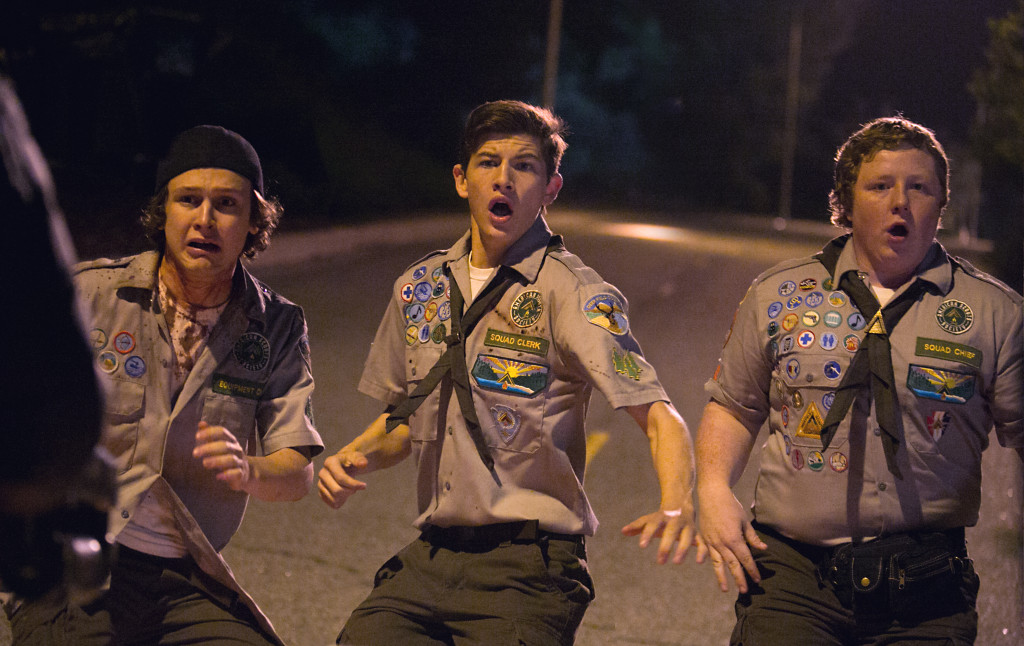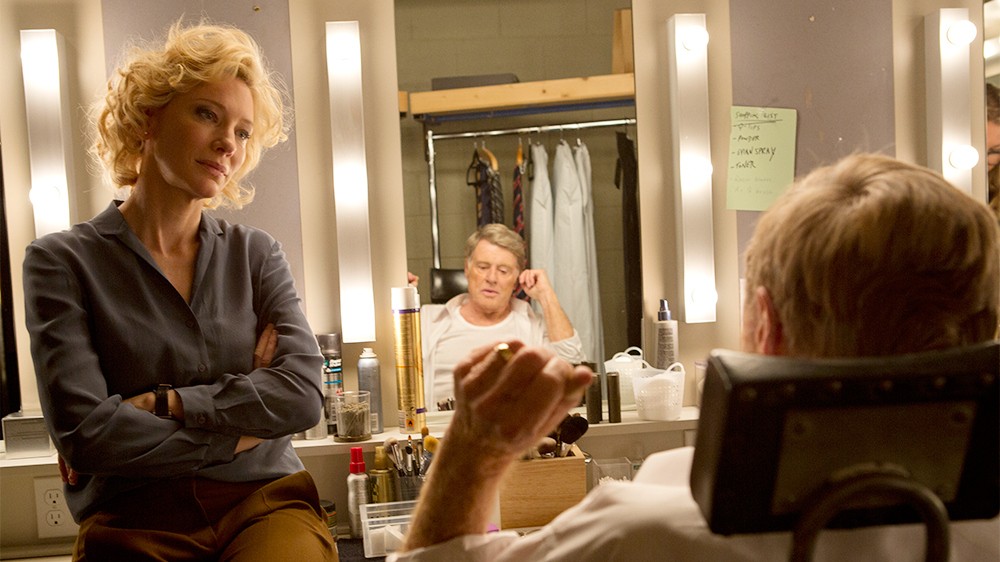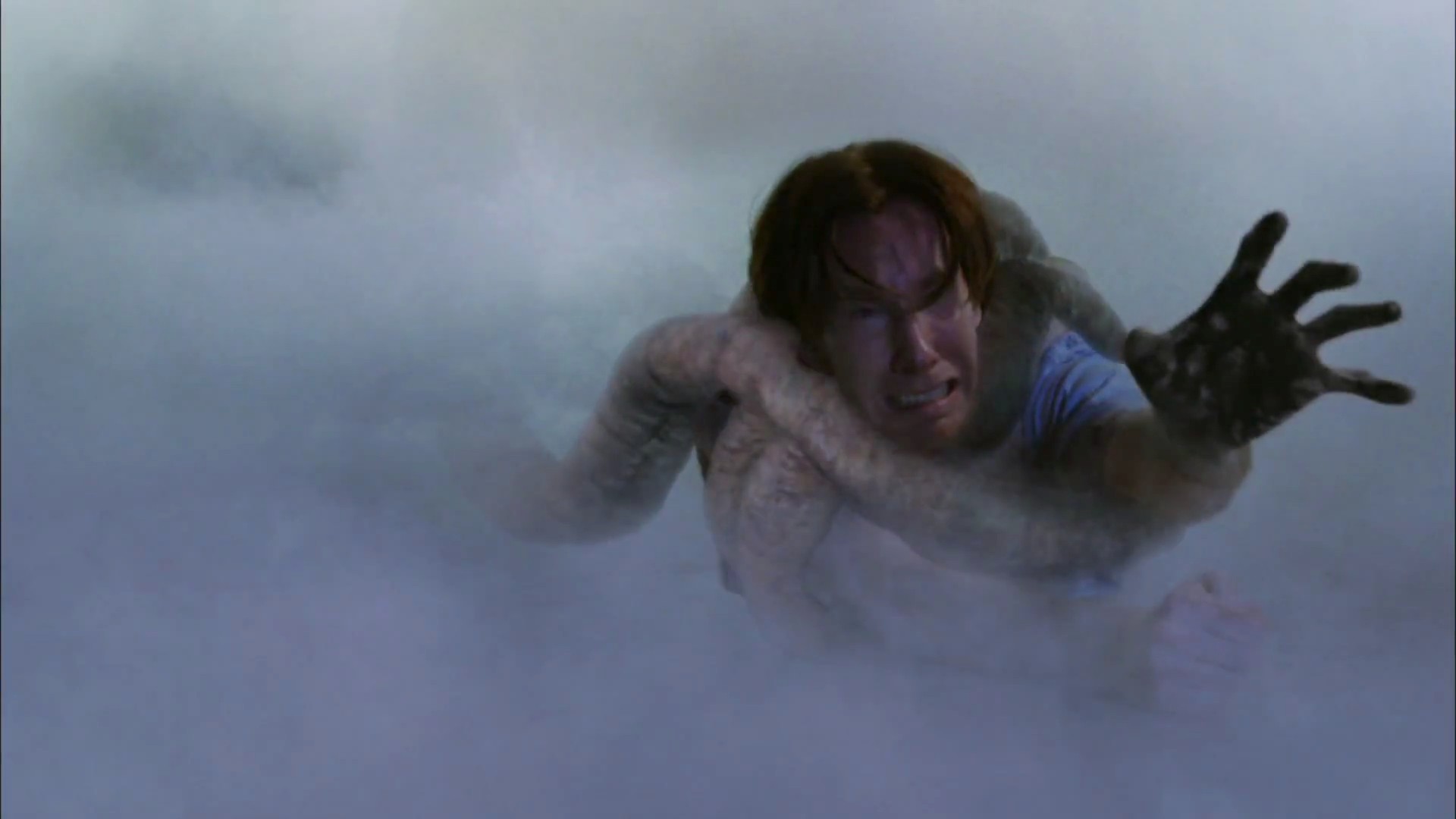When we decided to start devoting entire podcasts to individual filmmakers, Takashi Miike was an obvious choice. He’s made 86 movies (and counting), so we knew it wouldn’t be too tough to find 5 really good ones. His imagination is like no other and his films push the envelope in terms of violence, subversive imagery, surreal storytelling, and violence. (Yes, we said that twice. He’s really, really good with violence.)
In fact, it was hard to narrow it down and even harder to leave some of his non-horror masterpieces, like 13 Assassins, off the list. Still, we did it. Here we give you Takashi Miike’s 5 best horror movies.
5. Three…Extremes (2004)
Miike directed one of the three shorts in this collection, a tidy little freakshow called “Box.”
Part of the reason it made this list is that the full film, including Fruit Chan’s “Dumplings” and the great Chan-wook Park’s “Cut,” is among the very best short compilation films you’ll find. Each short is so peculiar and original that your interest never wanes.
Miike’s component tells the story of a haunted, damaged woman. Her waking reality and dreams of the horror from her past weave together so that neither she nor the viewer is ever certain which is which. Sexual repression, incestuous undertones, dreamy colors, bodily contortions, and a dizzying, overlapping storyline mark this as a very Miike work.
https://www.youtube.com/watch?v=5rIz7WEKGTs
4. Happiness of the Katakuris (2001)
Miike is an extremely prolific director. He makes a lot of musical films, a lot of kids’ movies, a lot of horror movies, and then this – a mashup of all of those things. Like Sound of Music with a tremendous body count.
The Katakuris just want to run a rustic mountain inn. They’re not murderers. They’re lovely – well, they’re losers, but they’re not bad people. Buying this piece of property did nothing to correct their luck, either because, my God, their guests do die.
You might call this a dark comedy if it weren’t so very brightly lit. It’s absurd, farcical, gruesome but sweet. There’s a lot of singing, some animation, a volcano, a bit of mystery, more singing, one death by sumo smothering, and love. It sounds weird, truly, but when it comes to weird, Miike is just getting started.
https://www.youtube.com/watch?v=XDfMXwRapNc
3. Gozu (2003)
This one starts off as a yakuza film – one guy on a mob-style assignment – then descends into absolute madness.
Minami (Yuta Sone) has been ordered to assassinate his feeble-minded yakuza boss Ozaki (Sho Aikawa), but he’s conflicted. Then he loses him and wanders, in search, into – you might say it was the Twilight Zone, except this place is considerably weirder. There’s a minotaur. An electrified anal soup ladle death scene. Some seriously, seriously weird shit.
Like a walk through somebody’s subconscious, the film is awash in repressed sexual desires of the very most insane and unspeakable. There’s a comical element that’s almost equally unsettling. Gozu is not as violent as many Miike films – it’s violent, don’t be mistaken, but the horror here is more in unseemly behavior and wildly inappropriate imagery.
https://www.youtube.com/watch?v=penZT2N2xDw
2. Ichi the Killer (2001)
Not everyone considers Ichi the Killer an outright horror film. IMDB classifies it as action/comedy/crime, and while it certainly contains all three of those elements, for sheer carnage, not to mention torture, we have to tack on the horror label as well.
Dubious henchmen with a secret weapon – a childlike perv they’ve programmed to kill at their bidding – start a yakuza war by throwing misleading information about the disappearance of one mob boss. He’s being tracked by his really, really, super loyal second in command, Kakihara. (That’s the guy with the incredibly cool/freaky split face from the DVD cover.)
Kakihara’s boss is dead, but he believes he may be kidnapped. He starts kidnapping those who might be to blame, torturing them pretty outlandishly. It’s kind of his art – Kakihara likes to give and receive punishment. Ichi likes to masturbate while others suffer. He comes to consider himself a kind of superhero. Kakihara believes he may be a superhero and really, really wants Ichi to beat him up or die trying.
The childlike Ichi misunderstands everything, and you long for his redemption and happiness, but Miike pulls that rug out from under you because, basically, every person in this film is seriously deranged.
1. Audition (1999)
Audition tells the story of a widower convinced by his TV producer friend to hold mock television auditions as a way of finding a suitable new mate. He is repaid for his deception.
Unwatchable and yet too compelling to turn away from, Audition is a remarkable piece of genre filmmaking. The slow moving picture builds anticipation, then dread, then full-on horror.
Miike punctuates the film midway with one of the most effective startles in modern horror, and then picks up pace, building grisly momentum toward a perversely uncomfortable climax. By the time Audition hits its ghastly conclusion, Miike and his exquisitely terrifying antagonist (Eihi Shina) have wrung the audience dry.
Keep an eye on the burlap sack.









